- The Canadian Rockies Through Tony Irving’s Lens
-

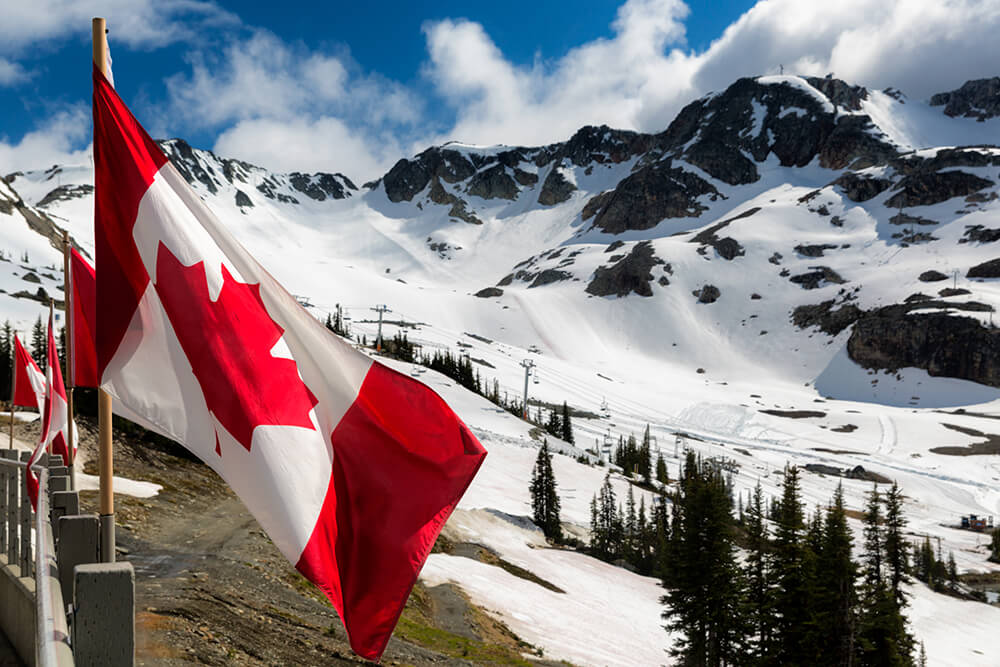
Tony Irving is an experienced landscape photographer with a great respect for the natural environment and its preservation. His pursuit of the world’s most idyllic landscape locations has led him across Europe, Asia, North America, but it’s the snow-capped peaks and turquoise lakes of the Canadian Rockies that Tony regards as the most special.
Here Tony reveals his favourite photography locations in the Canadian Rockies, as well as his recommended camera gear and settings for capturing this majestic part of the world.
“Canada is home to the most spectacular and beautiful landscapes I have experienced across all of my travel locations and they keep drawing me back.”
Tony Irving
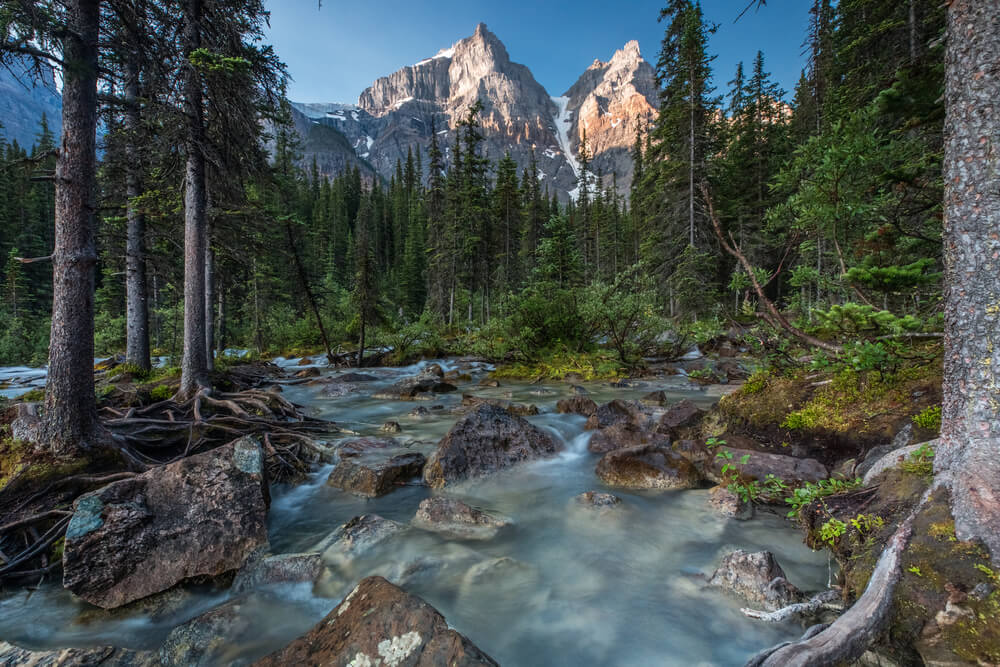
Each time I have visited the Canadian Rockies, I have had completely different experiences. I’ve visited during three different seasons and witnessed just how dramatically these majestic landscapes change throughout the year. I’ve seen the lakes completely iced over, and at other times with turquoise water so bright and vivid that it didn’t look real.
“The desire to protect our environment has become stronger and I have realised the importance of man’s connection with nature, and the importance of preserving it for future generations.”
Tony Irving
In the Rockies, it’s possible to hike from glacial lakes to spectacular meadows that are found high up in the mountains to capture a wide variety of landscapes all in the same day. It’s this natural diversity that makes Canada such a dream destination for photographers.
“Remarkably, the mountains and lakes in the Canadian Rockies remain relatively untouched by modern travel and tourism.”
Tony Irving
• Banff National Park
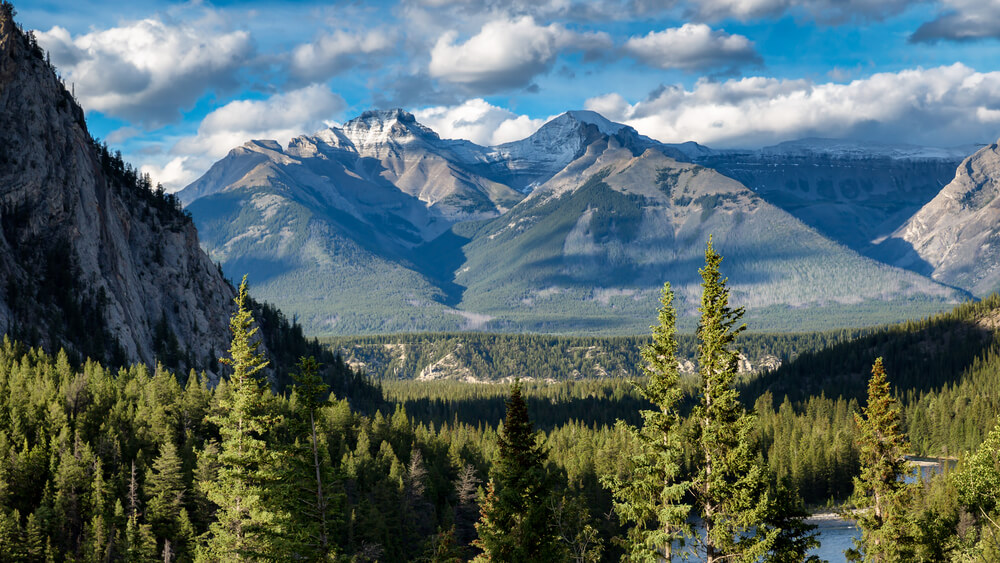
Banff National Park is the oldest national park in the Canadian Rockies and my favourite photography location in the country. It is home to the most spectacular and beautiful landscapes I have experienced in all my years of travel.
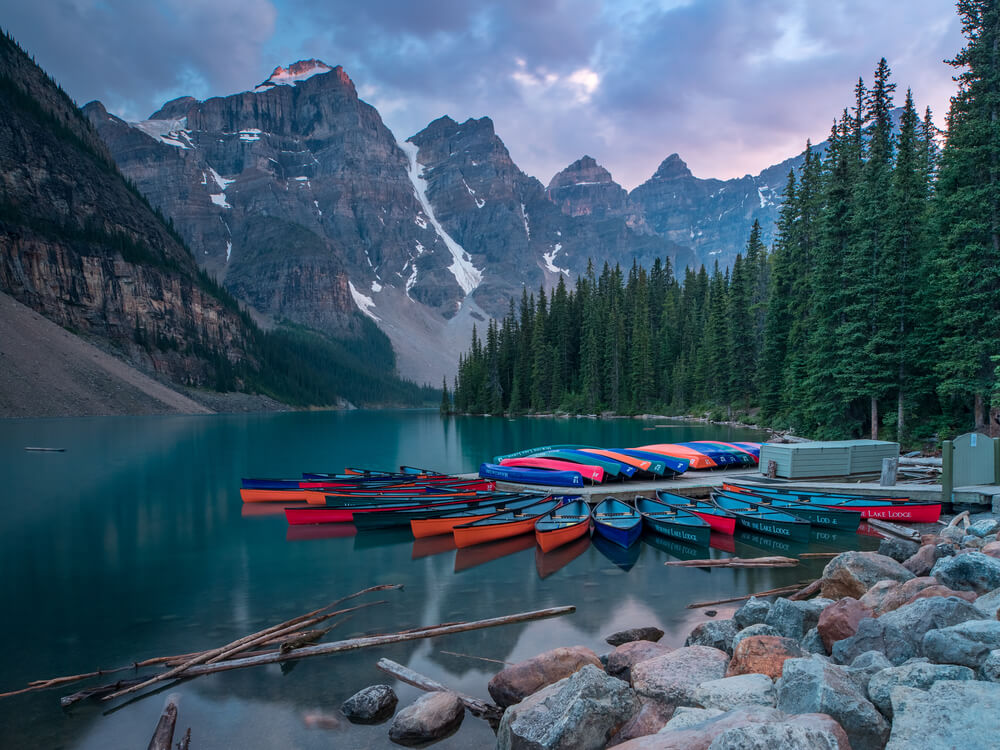
Must-visit spots include the picturesque resort town of Banff and the glacial lakes of Lake Louise and Moraine Lake. I like to shoot these spots during early morning, followed by a hike through Johnston Canyon or along the Icefield Parkway all the way to Jasper National Park. As you travel along this mountain parkway you can also shoot Bow Lake and the pure turquoise waters of Peyto Lake.
• Jasper National Park
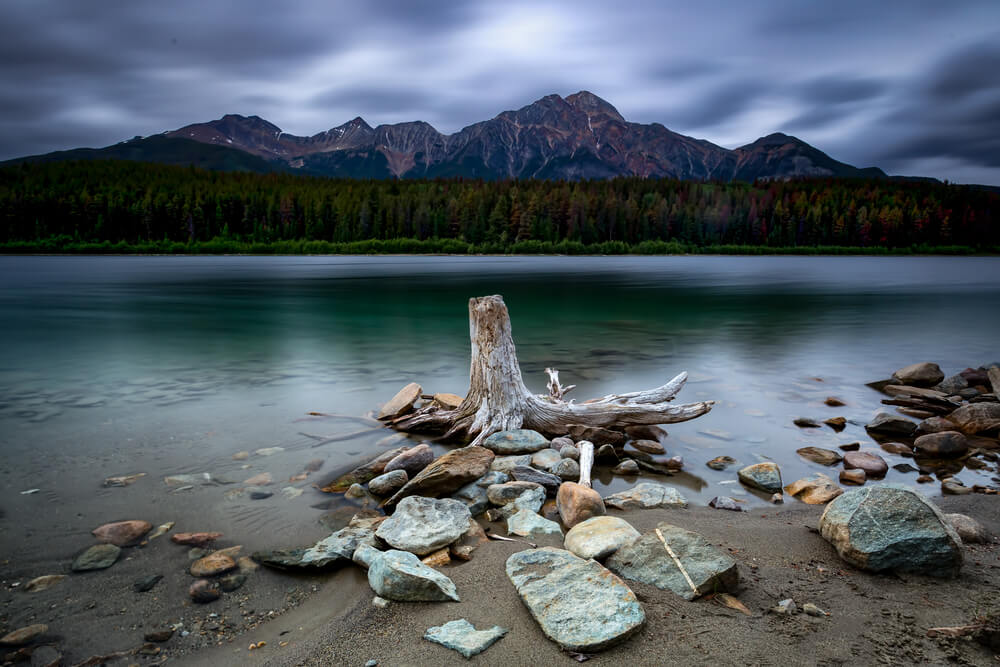
Jasper National Park is another spectacular wilderness area located in the Rockies’ Alberta province. It’s known for its glaciers, lakes and peaks, and is also home to the herculean 11,033-ft-high Mount Edith Cavell. Jasper is also home to an abundance of wildlife, including moose, bison, woodland caribou, elk, deer, bighorn sheep and, of course, black bears, grizzly bears and wolves. And don’t miss the Jasper’s waterfalls. They’re all pretty spectacular, but Sunwapta and Athabasca Falls are my favourites.
• Columbia Glacier
Not only is Columbia Glacier the largest icefield in Canada’s Rocky Mountains, but it’s also a staggering 10,000 years old! The best way to experience it is by joining a four-wheel drive bus tour and travelling directly over the glacier itself.
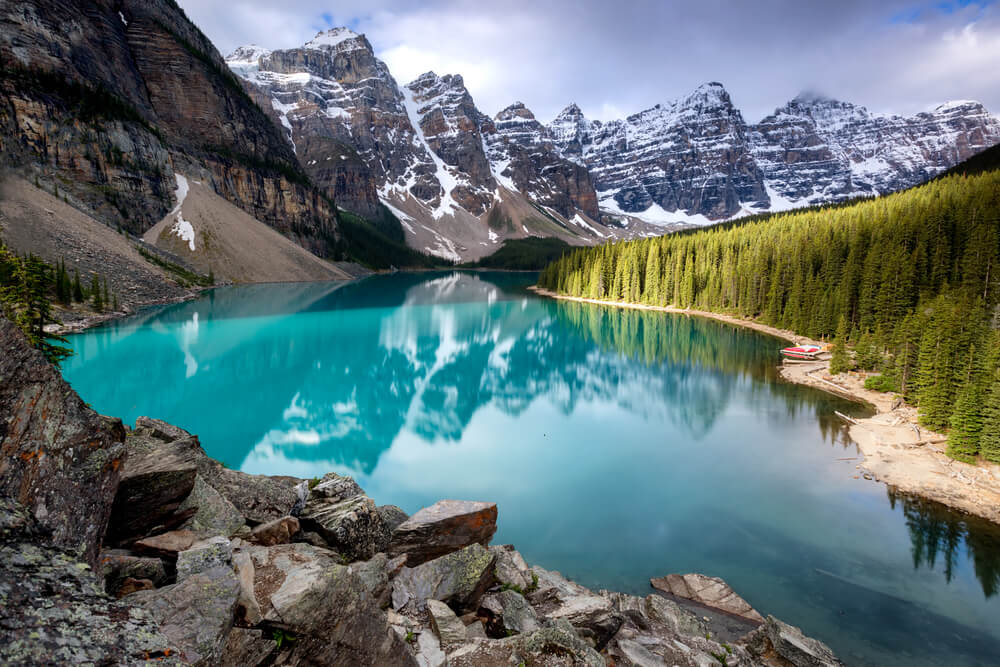
Having visited Canada in early winter, spring and summer, it’s hard to recommend a specific time to visit as each season is unique and special in its own way. If you’d like full access to the lakes then I would avoid going in winter as some, including Moraine Lake, are closed off. The rangers place barricades across the entry points because the roads are completely covered in snow and ice.
Personally I would recommend travelling in Canada in mid to late spring (May to June), when you can be sure the lakes will be open. Although it’s still quite cold at this time of year, the tourist numbers are lower which makes it easier for us photographers to get the shots we want. Besides, as an Australian I find the cooler climate makes for a more interesting and refreshing experience.
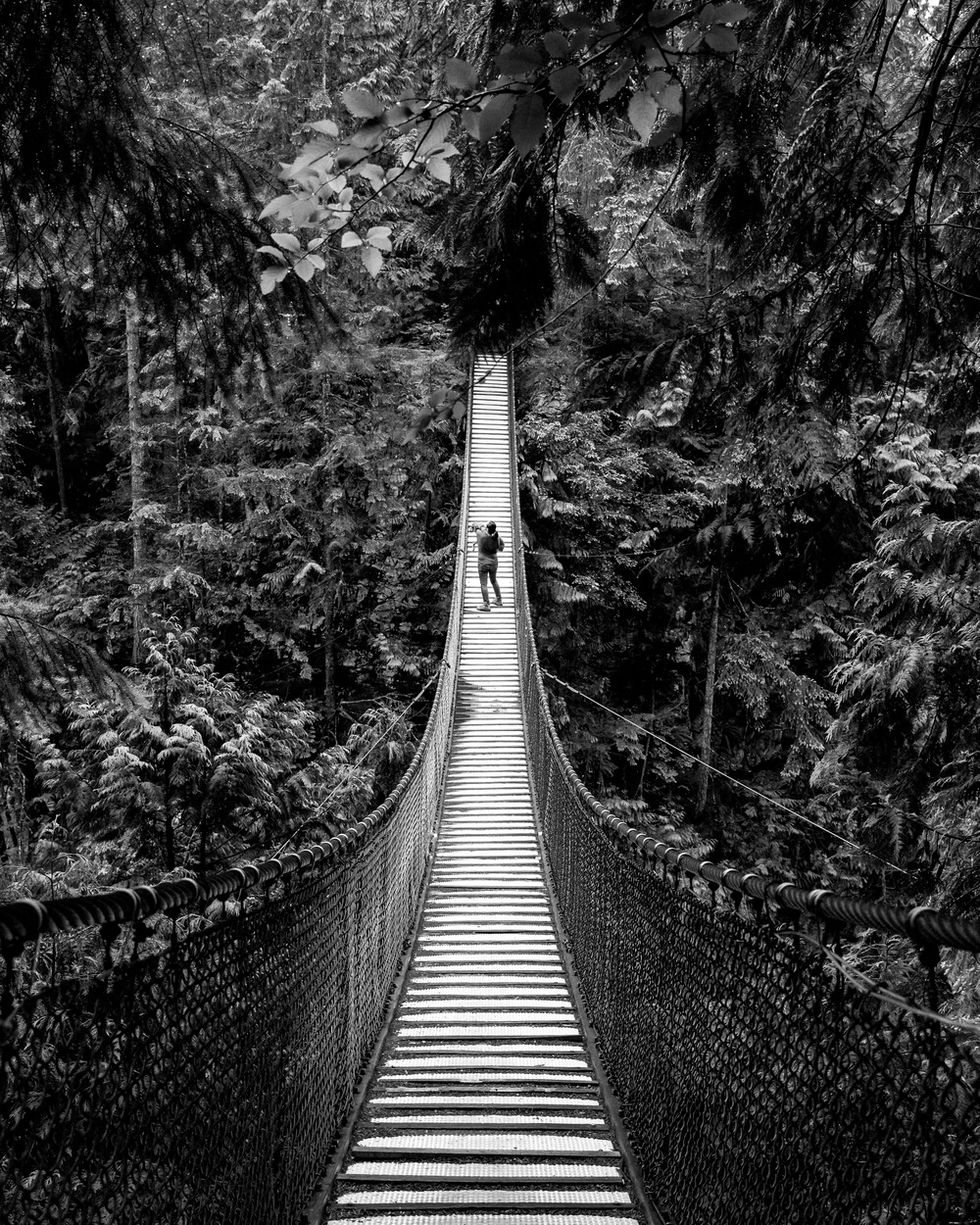
The more you travel with your photography gear, the better you get at removing unnecessary items from your camera bag and minimizing weight. When hiking your way around the Canadian Rockies, you definitely don’t want to carry gear that you are unlikely to use.
When I travel I take my photography backpack on as carry on and place it in the overhead. I have never, in over a hundred international and domestic flights, found it to be a problem. As a space saver I pack my tripod into my suitcase together with my filters and a small container for my cables and remotes.
My standard travel photography gear that I take to destinations like Canada includes the following:
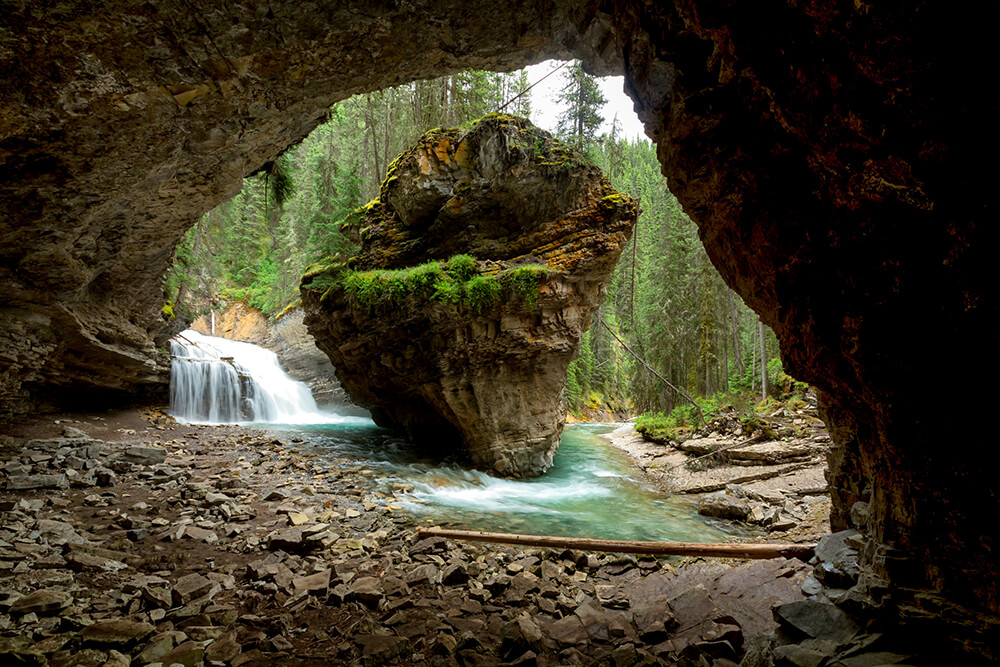
Your camera settings will vary depending on the style of image you would like to capture. The beauty of photography as a creative pursuit is that your view of a location is unique to you, as is the way you capture and edit your images.
Aperture and ISO
The ultimate setting for landscape images is ISO 100 and an aperture f8.0. It is these settings that I find produce the highest quality images. Beyond this I vary the settings to suit the light conditions modified by the addition of filters and the style of image I want to capture.
On a bright sunny morning I will try and get a sunburst image with the sun touching a mountain edge or tree by using an aperture of about f11 to f18. I maximize the sunburst effect by placing my focal point right on the sun positioning the camera so the sun is just peaking past the edge of the subject.
Exposure Compensation and Filters
As a rule, I generally underexpose my images by about ½ to 1 stop below the camera’s recommended exposure and always expose for the brightest part of the image.
I review weather patterns, tides, cloud movement and vary my photography style to suit the conditions. On a windy day with a lot of cloud I might try and shoot a long exposure using the 5D Mark IV in built timer on a bulb setting and using a 10 stop filter to slow the light coming to the sensor.
The advantage of using filters is that they allow you to slow the light hitting the camera sensor. You can balance the exposure (dark foreground and light sky) by using gradient filters.
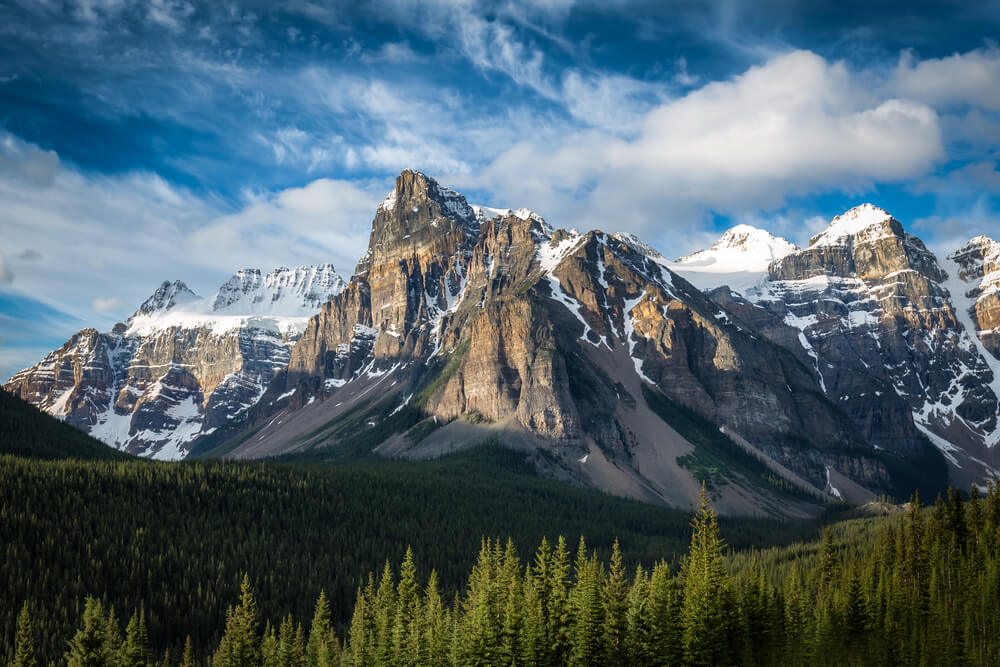
When travelling, always consider the weather conditions and pack to suit the climate of your travel destination. For Canada, I recommend a pair of good quality waterproof boots and jacket, as well as thermal layers to suit varying weather conditions. Another must for landscape photographers is carrying a plastic zip lock bag for your phone and waterproof bags, as this will allow you to protect your gear if you have to shoot in rainy conditions.
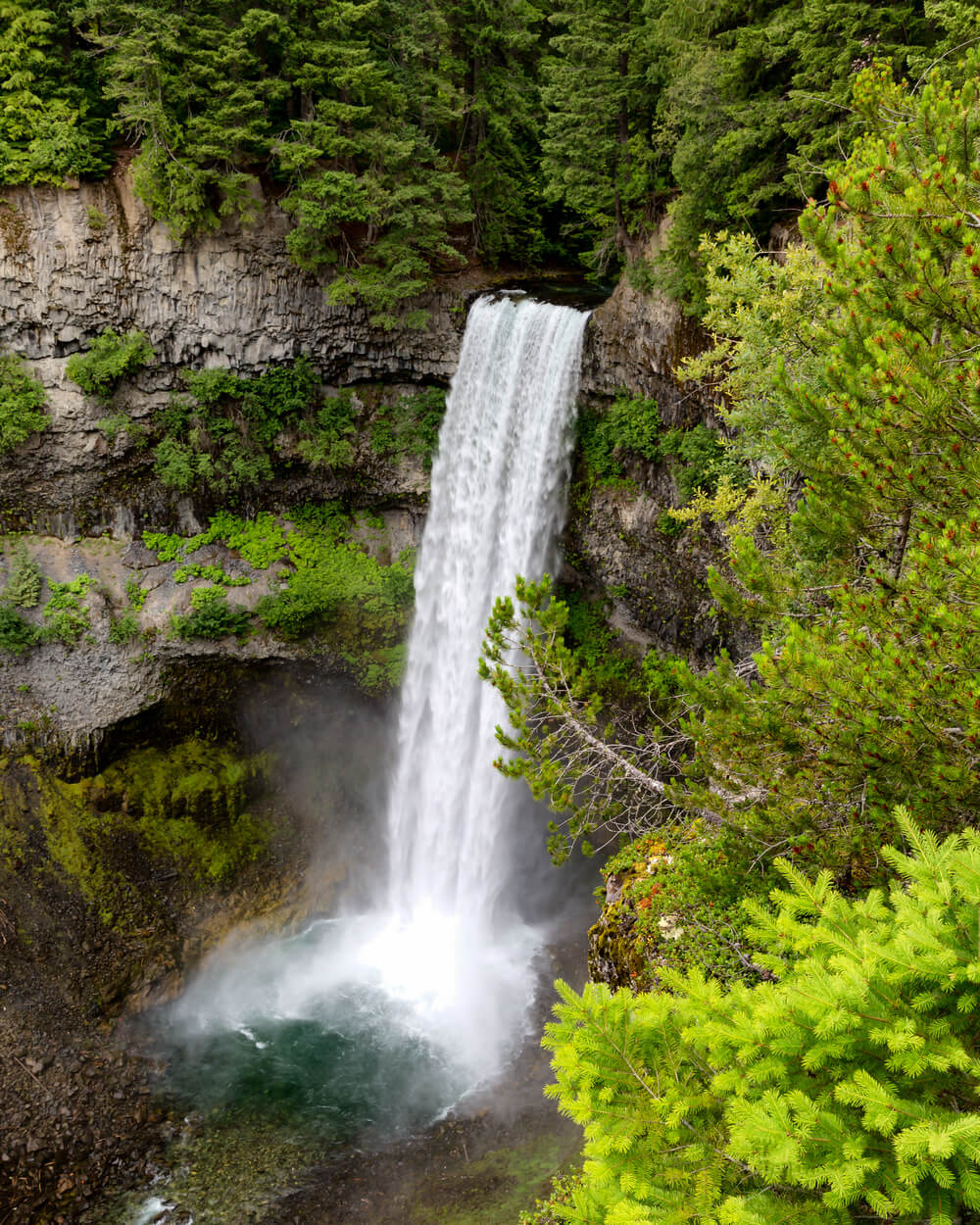
Connecting: Canada is a wonderful country with kind and generous people. They care deeply about their natural spaces and work tirelessly to preserve them. I love spending time hearing their stories and creating real connections.
Getting around: Note that travelling to Banff requires a flight to Calgary, then hiring a car to drive to Banff and beyond. Coming from Australia, there are lots of travel options including visiting via Vancouver, another awesome Canadian city with lots of great photography opportunities. Other great destinations to pair with your trip to the Rockies include Victoria Island, Whistler and, not so far away, Seattle in the USA.
Booking accommodation: I recommend splitting your accommodation across a number of locations on your visit to the Canadian Rockies. Banff is a fun town with lots of dining and accommodation options. Lake Louise is a great place to stay as it provides easy morning access to the various lakes in the area. Kayaking on Lake Louise or Moraine Lake is a definite highlight. Jasper is another good place to stay for a few nights and will allow you to enjoy a cruise along the Maligne Lake to view Spirit Island. If you’re really lucky then you might even see some grizzly bears!
Follow Tony Irving on Instagram or visit his website to see more of his landscape photos from Canada and beyond.

Discover the most spectacular photography locations in Egypt and Jordan with travel tips from Jona Grey.

Photograph the best of Peru’s colourful culture and dramatic landscapes with this travel guide from Jordan Hammond

From waterfalls and glaciers to wild horses and black-sand beaches, photographer Steph Vella shares her advice on capturing the spectacular natural beauty of Iceland.